In recent years, more travelers are seeking quiet, remote places to reconnect with nature. While popular tourist spots often feel overwhelming, there’s a growing desire to explore lesser-known destinations that offer peace and solitude. These spots allow you to truly immerse yourself in the beauty of the world.
From the vast landscapes of U.S. national parks to international hidden gems, there’s no shortage of places to escape the hustle. Each location offers a unique experience, whether it’s hiking through untouched wilderness or marveling at rare geological formations. These journeys aren’t just about sightseeing—they’re about finding moments of reflection and renewal.
As someone who’s spent years exploring these quiet corners, I’ve discovered that stepping off the beaten path can be transformative. It’s not just about the destination—it’s about the journey and the connection you build with nature. Let’s dive into some of the most serene spots that promise both adventure and tranquility.
Key Takeaways
- Solitude-seeking travel is on the rise, offering a break from crowded tourist areas.
- U.S. national parks and international destinations provide peaceful escapes.
- These locations allow for deep connections with nature and personal reflection.
- Exploring lesser-known spots can lead to transformative experiences.
- Each destination offers unique beauty and adventure opportunities.
Introduction: The Allure of Solitude-Seeking Travel
In a world of constant noise, finding stillness has become a travel priority. Since 2020, there’s been a 60% increase in backcountry permit requests, according to the National Park Service. This shift reflects a deeper cultural change—people are craving intentional solitude in their journeys.
Science backs this trend. Immersing yourself in nature reduces cortisol levels, calming the mind and rejuvenating the life. It’s a stark contrast to the superficiality of “Instagram tourism,” where the focus is on capturing the perfect shot rather than truly experiencing the world.
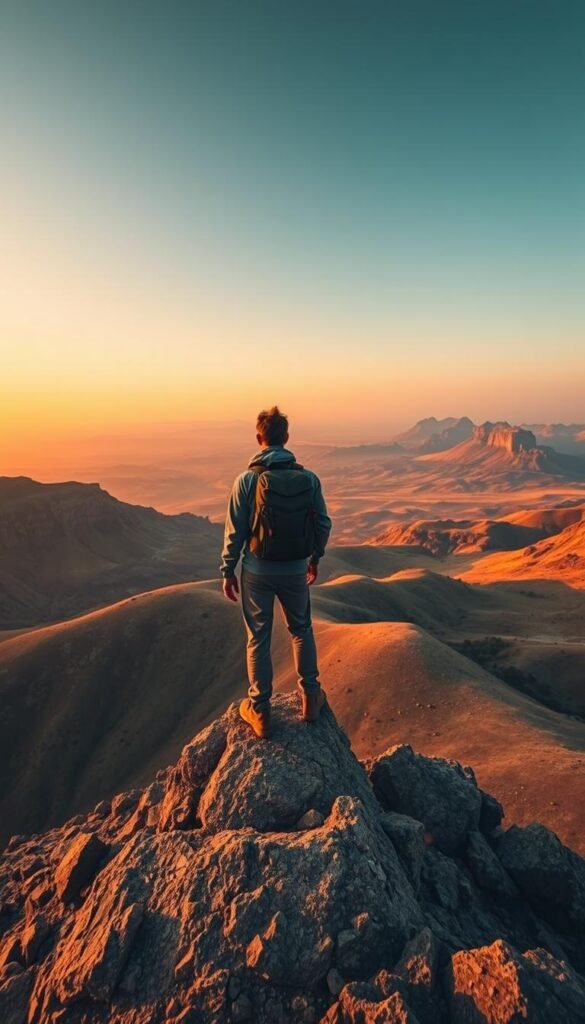
I’ve felt this transformation firsthand. Last year, I spent a week kayaking alone in Isle Royale’s icy waters. The silence was profound, the connection to nature unparalleled. It reminded me of Henry David Thoreau’s words: “I went to the woods because I wished to live deliberately.”
Today, practices like silent hiking are gaining popularity. Emerging tech, like crowd-prediction apps, helps travelers find quieter destinations. This dispersal of tourism also benefits local economies, spreading resources to lesser-known areas.
Contemporary wilderness philosophers often speak of solitude as a gift. As John Muir once said, “In every walk with nature, one receives far more than he seeks.” So, what defines a true hidden gem? It’s not just about remoteness—it’s about the experience of discovery and the adventure of the unknown.
Why Choose Hidden Gems for Solitude?
Escaping to quiet, untouched places has become a growing trend among travelers. While popular parks like Great Smoky Mountains attract millions, spots like Congaree National Park see 90% fewer visitors. This stark contrast highlights the appeal of hidden gems—places where you can truly connect with natural beauty.
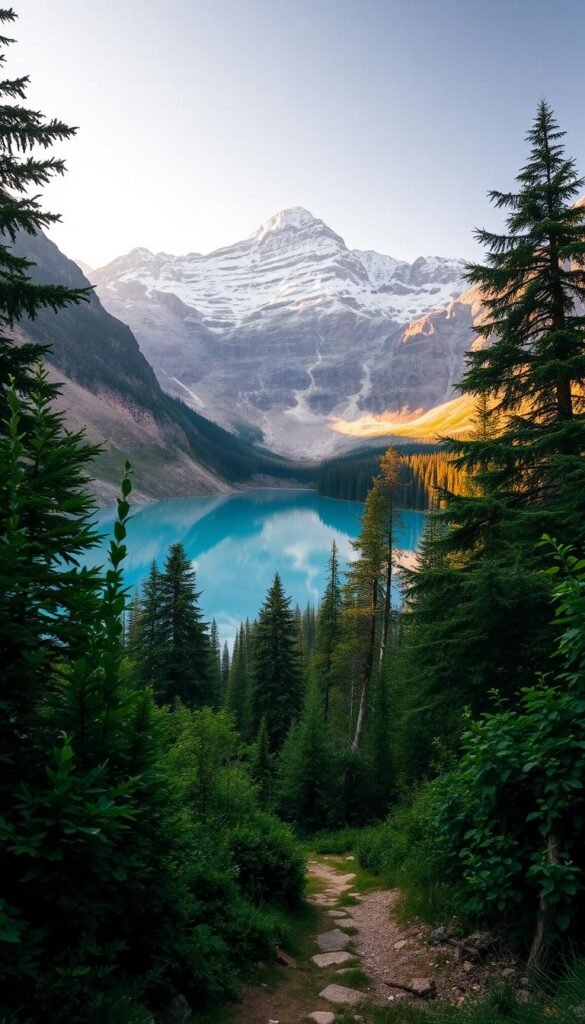
One of the biggest draws is the sense of complete solitude. In Kobuk Valley, 95% of visitors report feeling entirely alone amidst its breathtaking landscapes. This meditative quality is hard to find in crowded tourist zones. The absence of human noise pollution allows you to fully immerse yourself in the sounds of nature—rustling leaves, chirping birds, and flowing streams.
Another advantage is the ecological preservation that comes with low-impact tourism. Fewer visitors mean less strain on fragile ecosystems. Rangers often share insights about lesser-known trails and unique ecosystems that thrive in these remote areas. For example, Congaree’s ancient forests are home to rare species found nowhere else in the country.
Cost is another factor. While tourist-heavy areas charge $300+ per night for lodging, hidden gems offer $45/night campgrounds. This affordability makes it easier to plan extended trips. Plus, backcountry permits are more accessible, ensuring you can explore without the hassle of overcrowding.
These destinations also carry deep cultural significance. Many are tied to Native American history, offering a chance to learn about the land’s original stewards. Ethical engagement with these environments is crucial—leave no trace, respect wildlife, and tread lightly.
| Park | Annual Visitors | Key Feature |
|---|---|---|
| Great Smoky Mountains | 12.5 million | Popular hiking trails |
| Congaree | 159,000 | Ancient forests |
| Kobuk Valley | 15,000 | Arctic sand dunes |
Choosing these lesser-known spots isn’t just about escaping crowds—it’s about embracing unique experiences that leave a lasting impact. Whether it’s kayaking through untouched waters or hiking through pristine forests, these journeys offer a chance to rediscover yourself and the world around you.
Off the Beaten Path: Hidden Gems for Solitude Seekers
There’s something magical about discovering places untouched by mass tourism. These destinations offer a chance to immerse yourself in the beauty of nature, far from the crowds. Whether it’s a remote national park or a secluded mountain trail, these spots promise unforgettable experiences.
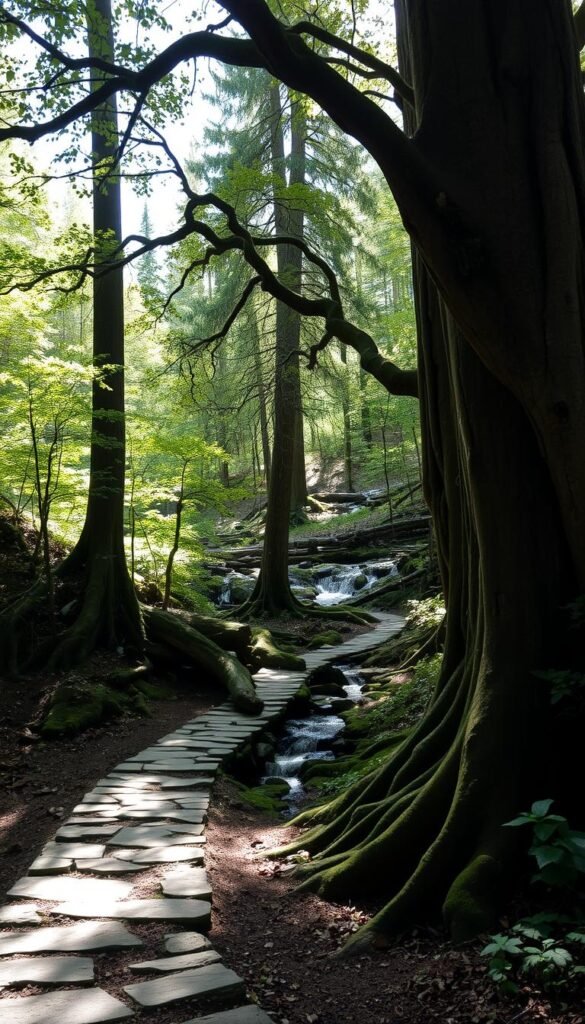
Isle Royale: A Wilderness Oasis in Lake Superior
Isle Royale is a true hidden gem. Accessible only by boat or seaplane, this island offers pristine forests and crystal-clear waters. Its remote location ensures a peaceful escape for those seeking solitude.
Pinnacles: California’s Hidden Rock Climbing Paradise
Pinnacles National Park is a haven for climbers and hikers. Its unique rock formations and quiet trails make it a perfect spot for adventure and reflection.
Wrangell-St. Elias: America’s Largest and Most Rugged National Park
This vast park is a testament to the raw beauty of Alaska. With towering peaks and untouched wilderness, it’s a dream for those who love the mountains.
North Cascades: Washington’s Best-Kept Secret
Known as the “American Alps,” North Cascades offers stunning vistas and serene trails. Its low visitor numbers make it an ideal spot for solitude seekers.
Great Basin: Nevada’s Desert Wonderland
Great Basin is a desert oasis with ancient bristlecone pines and dark night skies. Its remote location ensures a quiet and reflective experience.
Congaree: A Southern Swamp with Surprising Solitude
Congaree’s ancient forests and tranquil waterways offer a unique escape. Its low visitor numbers make it a true hidden gem.
Kobuk Valley: Arctic Wilderness and Sand Dunes
Kobuk Valley’s arctic landscapes and sand dunes are unlike anything else in the country. Its remoteness ensures a peaceful and transformative journey.
National Park of American Samoa: Tropical Paradise Off the Beaten Path
This tropical park is a blend of cultural history and natural beauty. With only 28,000 visitors annually, it’s a quiet escape to the islands.
- Learn about homestay cultural protocols and palolo worm harvest traditions.
- Discover rainforest medicinal plants and coral reef monitoring programs.
- Familiarize yourself with tsunami evacuation routes and marine protected area rules.
| Park | Annual Visitors | Key Feature |
|---|---|---|
| Isle Royale | 28,000 | Pristine forests |
| Pinnacles | 200,000 | Rock formations |
| Wrangell-St. Elias | 80,000 | Towering peaks |
| North Cascades | 30,000 | Serene trails |
| Great Basin | 120,000 | Dark night skies |
| Congaree | 159,000 | Ancient forests |
| Kobuk Valley | 15,000 | Arctic sand dunes |
| American Samoa | 28,000 | Coral reefs |
Planning Your Visit: Tips for Exploring Uncrowded Parks
Exploring uncrowded parks requires thoughtful preparation to ensure a seamless and enriching adventure. Whether you’re a seasoned hiker or a first-time traveler, these tips will help you make the most of your journey.
Start by using the NPS trip planning tools. These resources provide detailed maps, trail conditions, and seasonal weather patterns. Knowing what to expect can save you time and ensure you’re well-prepared for the elements.
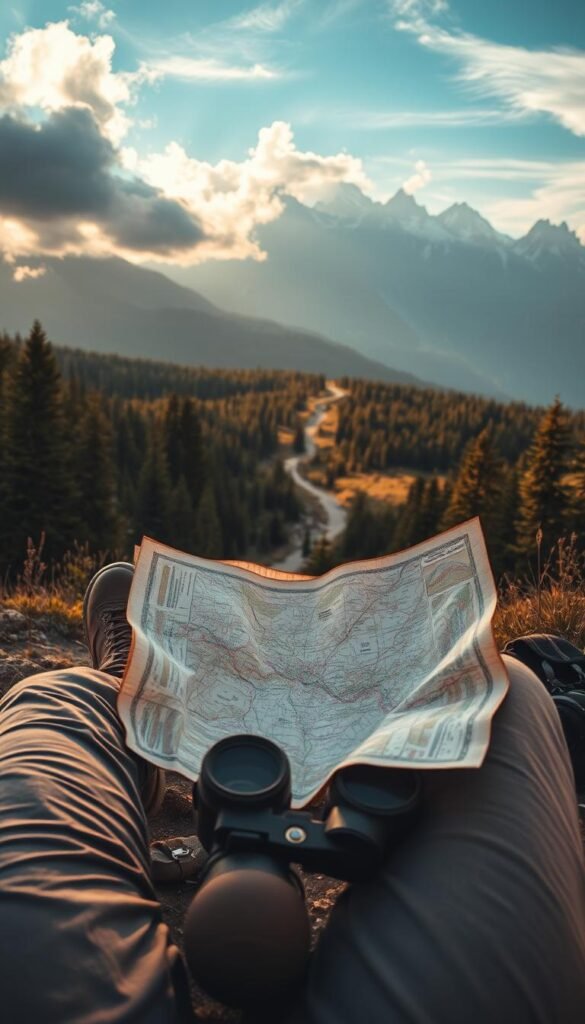
Satellite communication devices are essential for remote areas. A reliable satellite messenger can be a lifesaver in emergencies. Compare features like battery life, coverage, and SOS capabilities to find the best fit for your travel needs.
Permit acquisition can be a hurdle, but planning ahead simplifies the process. Many parks require permits for backcountry camping or special activities. Check timelines and apply early to secure your spot.
- Review road closure prediction algorithms to avoid unexpected detours.
- Verify local guide certifications for safety and expertise.
- Invest in emergency medical evacuation insurance for peace of mind.
Food storage regulations vary by region. Bear-proof containers are mandatory in some parks, while others require specific techniques to protect wildlife. Always follow Leave No Trace principles to preserve the natural beauty of these parks.
Water purification systems are another must-have. Whether you prefer filters, tablets, or UV purifiers, clean water is crucial for your health and safety. Test your system before your trip to ensure it works properly.
Cross-cultural communication is key when visiting areas with indigenous communities. Learn about local customs and respect the land’s cultural significance. This not only enriches your experience but also fosters mutual respect.
Wildlife encounters can be thrilling but require caution. Know how to respond to different animals, from bears to snakes. Carrying bear spray and understanding animal behavior can prevent dangerous situations.
Finally, consider taking a Leave No Trace certification course. These programs teach sustainable practices that minimize your impact on the environment. It’s a small step that makes a big difference for future enthusiasts.
With these tips, you’re ready to embark on an unforgettable adventure. Uncrowded parks offer a chance to connect deeply with nature, away from the hustle of tourist hotspots. Plan wisely, and your journey will be as rewarding as the destination.
Embracing the Solitude: The Benefits of Uncrowded Parks
Stepping into the quiet embrace of uncrowded parks can transform your perspective on life. These spaces offer more than just a break from the noise—they provide a chance to reconnect with nature and rediscover your inner self. Studies from the University of Utah show that solitude in wilderness settings enhances creativity and cognitive function, making these destinations ideal for deep reflection.
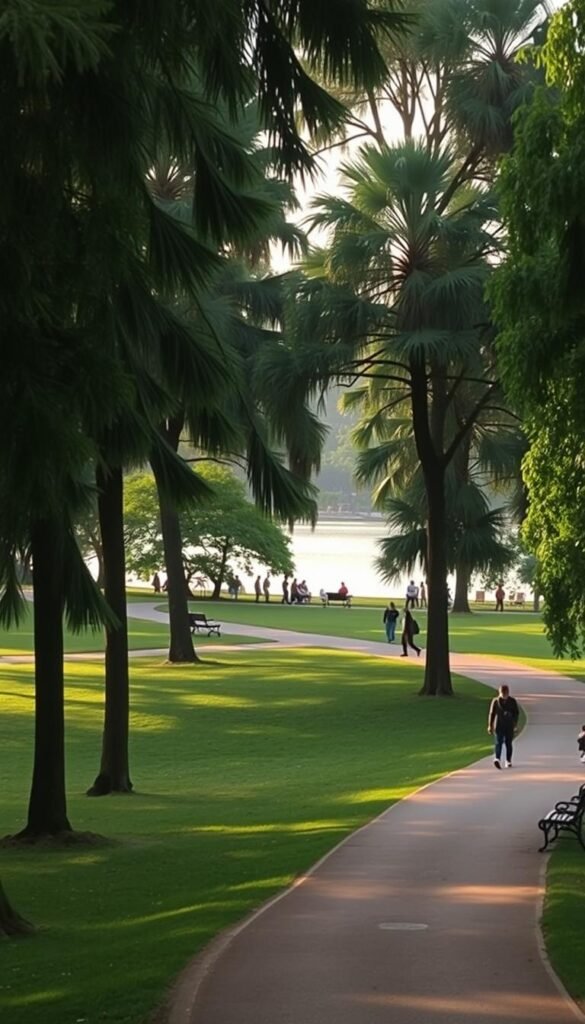
One of the most profound benefits is the opportunity for a digital detox. Research indicates that spending time away from screens reduces stress and improves mental clarity. Whether you’re hiking through serene trails or meditating by a tranquil lake, these moments of stillness can rejuvenate your mind.
Here are some key advantages of exploring uncrowded parks:
- Deep work retreats: Uninterrupted focus fosters creativity and productivity.
- Wilderness therapy: Nature-based healing can address mental health challenges.
- Mindfulness meditation: Quiet environments enhance meditation practices.
- Ecological literacy: Learn about ecosystems and conservation efforts firsthand.
- Spiritual pilgrimage: Find peace and purpose in sacred natural spaces.
These parks also offer unique experiences that are hard to replicate in crowded areas. From artistic residencies to intergenerational knowledge sharing, they provide a platform for personal and communal growth. The beauty of these places lies not just in their landscapes but in the transformative journeys they inspire.
As someone who’s spent countless hours in these serene settings, I can attest to their power. Whether it’s the awe-inspiring vistas or the gentle rustle of leaves, these moments remind us of the world’s inherent beauty. So, pack your gear, leave the distractions behind, and embrace the solitude that uncrowded parks offer. It’s an experience that will stay with you long after you return home.
Beyond National Parks: Discovering Hidden Gems Worldwide
The world is filled with lesser-known treasures waiting to be explored. While national parks offer stunning landscapes, venturing beyond them reveals unique cultures, history, and natural wonders. From remote islands to charming towns, these destinations promise unforgettable adventures.
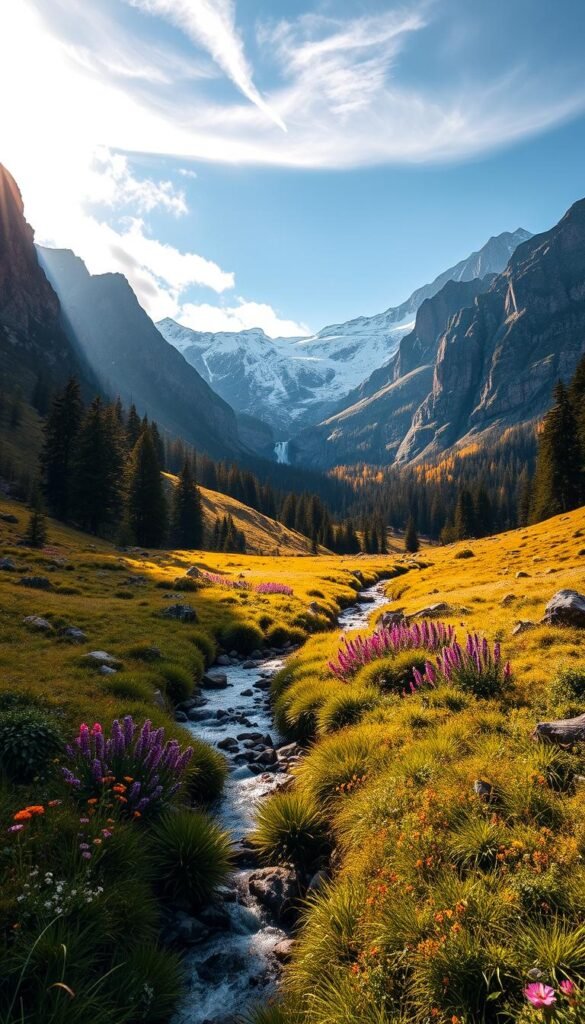
One standout is the Lofoten Islands in Norway. Here, fishing village homestays immerse you in local life. You’ll wake to the sound of waves and explore rugged coastlines by boat. It’s a serene escape from the hustle of modern life.
For wine enthusiasts, Georgia’s wine route offers cycling tours through picturesque vineyards. This region is known for its ancient winemaking traditions. Pedaling through rolling hills, you’ll taste some of the world’s oldest wines.
Bhutan, a country that measures success by Gross National Happiness, is another gem. Its pristine forests and monasteries provide a peaceful retreat. Here, you’ll find a culture deeply rooted in mindfulness and sustainability.
- Slovenia’s via ferrata systems offer thrilling climbs with breathtaking views.
- Laos’ Plain of Jars is a mysterious archaeological site shrouded in history.
- Croatian island-hopping logistics make it easy to explore stunning beaches.
- Nicaraguan volcano boarding is an adrenaline-packed activity for thrill-seekers.
- Bulgarian Thracian tomb sites reveal ancient civilizations.
- Norwegian right whale watching brings you face-to-face with majestic marine life.
- Samoan traditional navigation revival connects you to indigenous wisdom.
These destinations are more than just places—they’re experiences that leave a lasting impact. Whether you’re kayaking through remote islands or cycling through historic towns, each journey offers a chance to connect with the world in a meaningful way.
A Call to Explore the Road Less Traveled
The road less traveled beckons with promises of discovery and transformation. As John Muir once said, “In every walk with nature, one receives far more than he seeks.” This sentiment rings true for those who venture into quieter destinations, where the beauty of the world unfolds in its purest form.
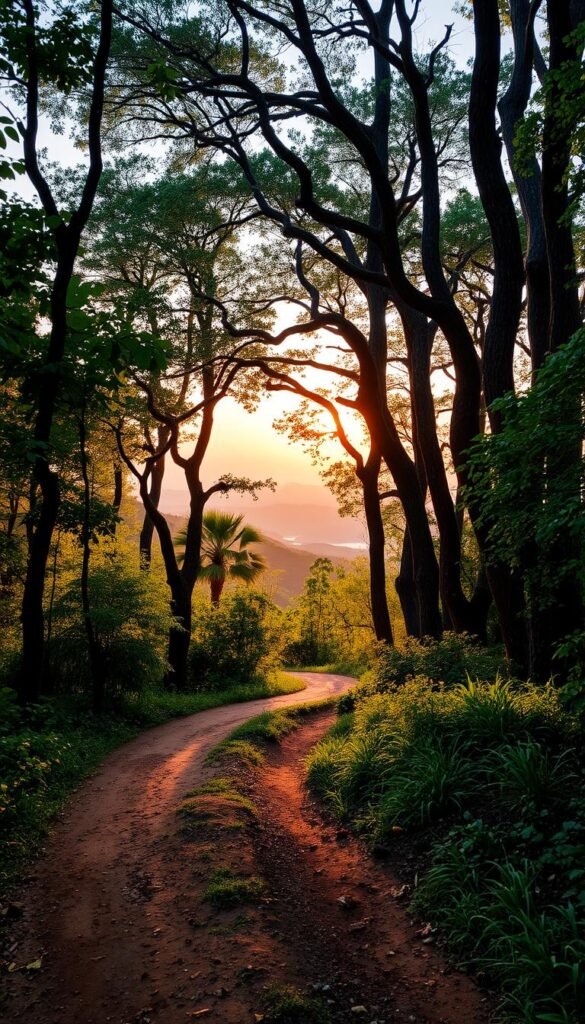
Modern conservation challenges remind us of the importance of responsible travel. By choosing lesser-known spots, we not only protect fragile ecosystems but also enrich our own life with meaningful experiences. Here are some ways to make your journey impactful:
- Take an ethical travel pledge to minimize your environmental footprint.
- Participate in citizen science projects to contribute to conservation efforts.
- Plan climate-conscious itineraries that prioritize sustainable practices.
- Acknowledge indigenous lands and learn about their cultural significance.
- Engage in skill-sharing volunteer opportunities to give back to local communities.
These actions not only enhance your adventure but also ensure that these places remain pristine for future generations. For more inspiration, check out these uncrowded national parks that offer true solitude.
Traveling off the beaten path isn’t just about escaping crowds—it’s about embracing the unknown and finding joy in the journey. Whether it’s hiking through serene trails or kayaking in remote waters, these moments remind us of the beauty that lies beyond the familiar.
| Activity | Benefit |
|---|---|
| Ethical Travel | Reduces environmental impact |
| Citizen Science | Contributes to conservation |
| Climate-Conscious Planning | Promotes sustainability |
| Indigenous Land Acknowledgment | Honors cultural heritage |
So, pack your bags, leave the distractions behind, and answer the call of the road less traveled. It’s an adventure that will transform not just your journey but your perspective on life.
Conclusion
Exploring quiet corners of the world has always been my greatest joy. These hidden gems offer more than just escape—they’re a chance to reconnect with nature and rediscover what truly matters. Whether it’s hiking through serene parks or kayaking in remote waters, each journey leaves a lasting impact.
As we venture off the beaten path, it’s crucial to remember our role in conservation. By choosing lesser-known spots, we protect fragile ecosystems while enriching our own travel experiences. Upcoming regions like the Lofoten Islands and Bhutan promise even more opportunities for quiet exploration.
My most transformative moment came while camping under the stars in Great Basin. The silence was profound, reminding me of Thoreau’s words: “Go confidently in the direction of your dreams.” Let’s embrace these moments and inspire others to do the same.
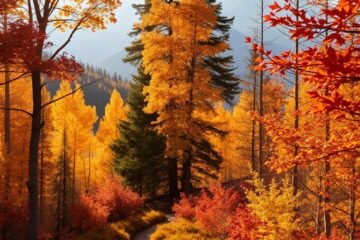
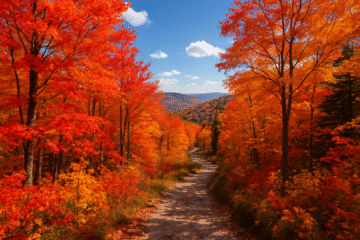
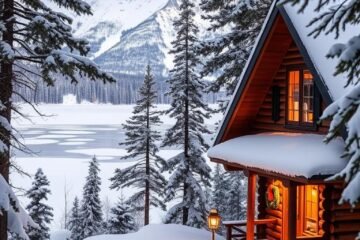
0 Comments